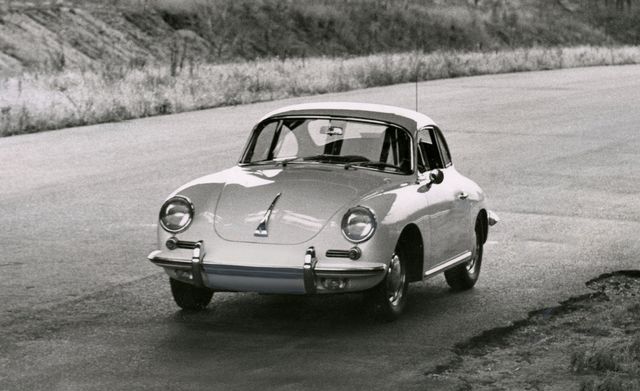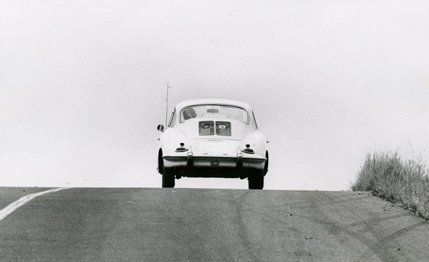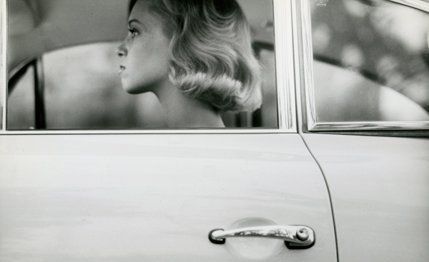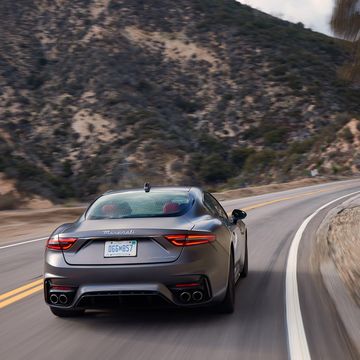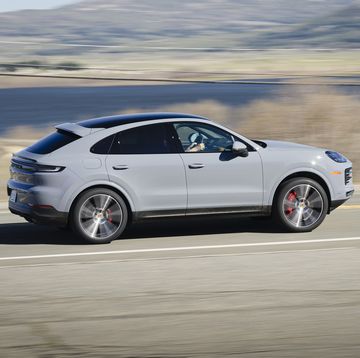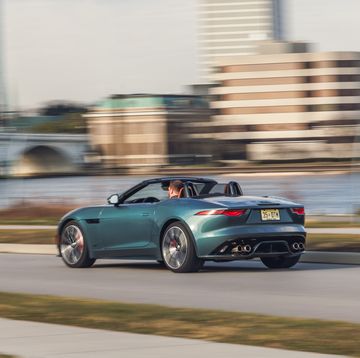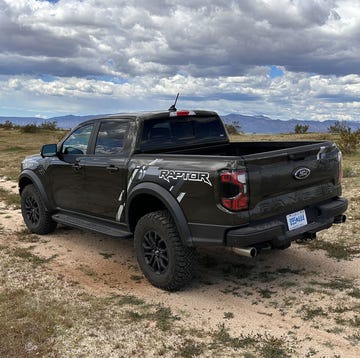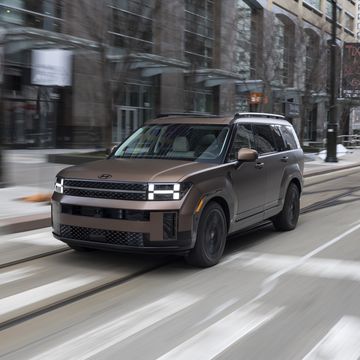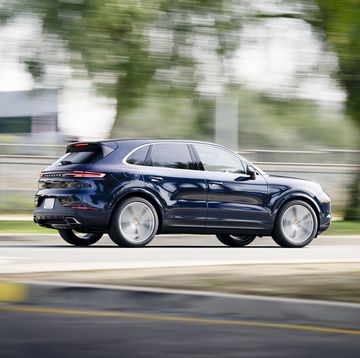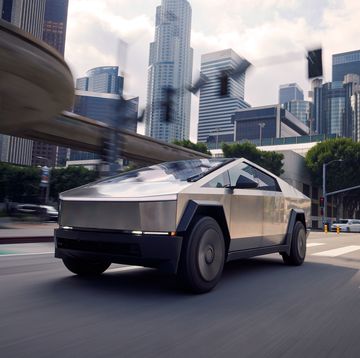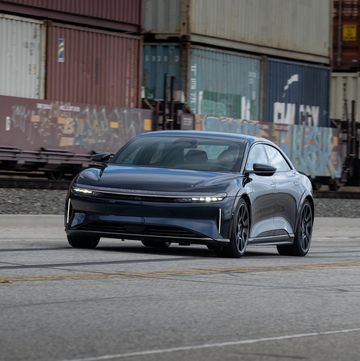From the October 1963 Issue.
Expensive? Only a few years ago you could pry a Porsche Speedster loose from a showroom for a shade under three grand. It seemed like a bargain. Our test car—a '63 Super coupe—carries a basic price tag of $4408. But consider—the Speedster was an adolescent, as were most Porsches of yore. After a wildly sporting youth, Porsches have at last settled into silver-templed maturity, bringing refinement and sophistication to the marque and, indeed, to the clientele.
Expensive? During the process of its evolution the Porsche has become a different automobile and a more costly one, but it is an incomparable car in the literal sense; there's nothing like it at any price.
In our Road Research Report on the Porsche Normal and Super 90 (May, 1960) we said that the Porsche "is not so much a 'car' as a sealed 'machine for traveling.'” In this sense, the Porsche is the simplest definition of the term Gran Turismo—a machine that is "grand" for "touring". Most assuredly, it is not a GT in the same sense as a Ferrari GTO or an Alfa GTZ.
Today, a well-tuned Mini Cooper S could easily trim the acceleration figures of our test car. Scooting along in a Mini, cooped up like the Jolly Green Giant in a soap box, is not touring in the grand manner, whereas driving cross-country in superb comfort and total controllability in a Porsche is.
Porsche didn't quit the race until they felt their car had adequate performance. Displacement went from 1100 to 1600 cc and horsepower from 44 to 102. (The 130 bhp 4-cam Carrera engine is very powerful, but not a best-seller with non-racing customers.)
When the opposition got white-hot and ultra-light it also got high-strung and temperamental. Porsche wisely shied away from this trend; the emphasis veered from the stark semi-competition car to the luxurious "businessman's express". Which brings up a point: the Porsche does what the Thunderbird would like to do—it's a very "personal" car and a status symbol of connoisseurs who know automobiles and appreciate fine points of design and craftsmanship. It also does everything most sports cars try to do, representing the ideal they are all striving after.
Our test car is the personal property of O. Erich Filius, president of Porsche's American operation, and while he was generous in loaning us the car, he didn't want to be without it for too long. We picked up the ivory coupe on a Thursday knowing it had to be returned Monday. After a few hours with the car we couldn't leave it alone—it was in continuous use for four days. Parking it seemed a waste, so any opportunity was seized as an excuse to drive it somewhere. Around the test track once more. Back to the city. Back out to the country. Dinner in town. Expressways. Back roads. Anywhere, and always with the same unbridled enthusiasm and admiration. It's that kind of car.
The biggest changes, compared with Porsches of old, have been wrought in the handling department. With an old Porsche, sailing into a turn over your head meant the tail would start describing a great wiping arc, lots of crossed-arms unwinding of the wheel was necessary to keep it from looping or running off the road backwards. Porsche buffs were nuts about this untidy technique; they prided themselves on their ability to "wischen" around corners as sideways as the tires would permit. It looked fabulous to the racy set but scared the bejeezus out of all those timid souls standing around, cash in hand, ready to buy something less dicey.
So unerring German technology was brought to bear on the amount of rear wheel camber, torsion bar thickness, shock settings, suspension geometry, roll couple, anti-roll bar stiffness, tire design and the like. The renovation brought about a car that has virtually neutral steering characteristics; handling so safe that only the most hapless, witless, inept driver could let the car get away with him (or, significantly, her—the Normal is called the "Ladies" model in German).
Going from a leading to a trailing throttle in the middle of a turn causes an almost ignominious loss of speed; the tires scrub off forward energy until it is going slowly enough to track around. Full throttle in a turn makes the rear end squat down and the front end lift slightly as it digs in. It will give two-weeks notice on any incipient slide and, once it arrives, a stable "drift" can be maintained over a wide speed range (say, another 15 mph in a nominally 60-mph turn). If you boot it up to 11/10ths, you'd probably run out of gas before you discovered it can run out of road. (Incidentally, the test car gave 28 mpg under conditions as close to continuous full-throttle as we could swing it.) In a racing car, such excellent road-holding would be a great advantage; in a touring car, it is sufficient to remove all dangerous vices.
Maybe we should mention that all the old Porsche traits are revived when it's driven too fast in the wet with high (32/36 psi) tire pressures. Fun . . . in a way.
A large measure of the car's excellent controllability is due to the command the driver has over his machine. The pedal relationship is faultless, inviting you to heel‑and-toe it into a lower gear than you probably need. For some, the clutch throw is too long; we've seen drivers build up the pedal with rubber blocks. Like the VW—and for the same reasons (the similar unit-construction body shell), there is no good place to rest or brace the left foot.
